Labinsight concludes with the Fire Resistance Lab
(Pubbl. 27/03/2024)The fire resistance laboratory concludes the Labinsight column that has accompanied us over the past year: a journey through the laboratories of Istituto Giordano, guided by the section managers. Let us now tell the story of the last laboratory, which has a special history that began more than 40 years ago, under the impetus of a frequent demand from industry for the qualification of building systems in terms of fire resistance and/or fire compartmentation.
The first fire tests were carried out in the headquarters car park using an experimental furnace and a caravan as a mobile office for the collection of test data. Between 1984 and 1986, an important development took place: the obtaining of ministerial authorisation to operate officially in the field of fire resistance laboratories for building elements, made possible by new self-built equipment located in the courtyard:
The beginnings of the Fire Resistance laboratory
In 1989, the workshop moved to a new building in Gatteo, leaving its previous location in favour of a more stable and suitable site. Since the move, the section has been expanded and equipped with the most modern instruments and furnaces, positioning the laboratory as a national and international reference.
Our strength lies in our highly qualified staff. In fact, at the national (UNI) and European (CEN) level, the section's technicians participate in the following technical commissions and related working groups.

The representative of Istituto Giordano has been the coordinator of the “Fire and Smoke Resistant Opening Windows” group for at least 30 years.
The laboratory, which has been operating since 1986 with ministerial authorisation according to Ministerial Decree 26/03/1985, is also a member of ALIF (Italian Association of Fire Laboratories) and EGOLF (European Group of Organisations for Fire Testing, Inspection and Certification).
For an in-depth look at the section, we interviewed Engineer Stefano Vasini, one of the founders of the laboratory and still on staff, alongside Dr. Franco Berardi, the current manager.
What are the main activities you carry out in the laboratory?
Our main focus is on testing the fire behaviour of fire-resistant systems to determine their performance in terms of structural strength, fire-resistance thermal insulation, and radiation protection of partitioning systems such as doors, walls, ceilings, etc.
In parallel with the fire resistance tests, the laboratory also performs smoke barrier tests on Sa and S200 classified fire doors, a fundamental characteristic to determine how well a door limits the spread of smoke between compartments in the early stages of a fire.
Research is also frequently carried out to determine the fire performance of systems using innovative materials.
All tests are carried out in accordance with national (UNI) and international (CEN, ISO) technical standards. However, ad-hoc tests simulating special fire scenarios not foreseen in the standards but related to specific projects are also common.
The certification activity under ministerial authorisation, which the laboratory has been carrying out since 1986, has subsequently been complemented by tests covering other sectors, such as the:
What equipment is used to carry out the tests?
The laboratory is equipped with:
 Visit the dedicated page for further details.
Visit the dedicated page for further details.
The first fire tests were carried out in the headquarters car park using an experimental furnace and a caravan as a mobile office for the collection of test data. Between 1984 and 1986, an important development took place: the obtaining of ministerial authorisation to operate officially in the field of fire resistance laboratories for building elements, made possible by new self-built equipment located in the courtyard:
- a vertical furnace measuring 2000x2000 mm
- a horizontal one measuring 4000x2000 mm

The beginnings of the Fire Resistance laboratory
In 1989, the workshop moved to a new building in Gatteo, leaving its previous location in favour of a more stable and suitable site. Since the move, the section has been expanded and equipped with the most modern instruments and furnaces, positioning the laboratory as a national and international reference.
Our strength lies in our highly qualified staff. In fact, at the national (UNI) and European (CEN) level, the section's technicians participate in the following technical commissions and related working groups.
- CEN TC 127 WG3 'Doors'
- UNI Fire Behaviour Commission
- UNI Fire Resistance Group
- UNI Working Group on Fire and Smoke Resistant Opening Windows

The representative of Istituto Giordano has been the coordinator of the “Fire and Smoke Resistant Opening Windows” group for at least 30 years.
The laboratory, which has been operating since 1986 with ministerial authorisation according to Ministerial Decree 26/03/1985, is also a member of ALIF (Italian Association of Fire Laboratories) and EGOLF (European Group of Organisations for Fire Testing, Inspection and Certification).
For an in-depth look at the section, we interviewed Engineer Stefano Vasini, one of the founders of the laboratory and still on staff, alongside Dr. Franco Berardi, the current manager.
What are the main activities you carry out in the laboratory?
Our main focus is on testing the fire behaviour of fire-resistant systems to determine their performance in terms of structural strength, fire-resistance thermal insulation, and radiation protection of partitioning systems such as doors, walls, ceilings, etc.
In parallel with the fire resistance tests, the laboratory also performs smoke barrier tests on Sa and S200 classified fire doors, a fundamental characteristic to determine how well a door limits the spread of smoke between compartments in the early stages of a fire.
Research is also frequently carried out to determine the fire performance of systems using innovative materials.
All tests are carried out in accordance with national (UNI) and international (CEN, ISO) technical standards. However, ad-hoc tests simulating special fire scenarios not foreseen in the standards but related to specific projects are also common.
The certification activity under ministerial authorisation, which the laboratory has been carrying out since 1986, has subsequently been complemented by tests covering other sectors, such as the:
- CPR (European Construction Products Regulation)
- Naval sector FTP Code (Fire Testing Procedures)
- Railway
What equipment is used to carry out the tests?
The laboratory is equipped with:
- 2000x2000 mm vertical opening experimental furnace for tests on special elements and for research;
- Vertical opening test furnace 3200x3200 mm for tests on doors and vertical partitions;
- 3000x4000 mm horizontal-opening test chamber for tests on partition elements and horizontal structures with and without load;
- Smoke chamber doors 3000x3000 mm.
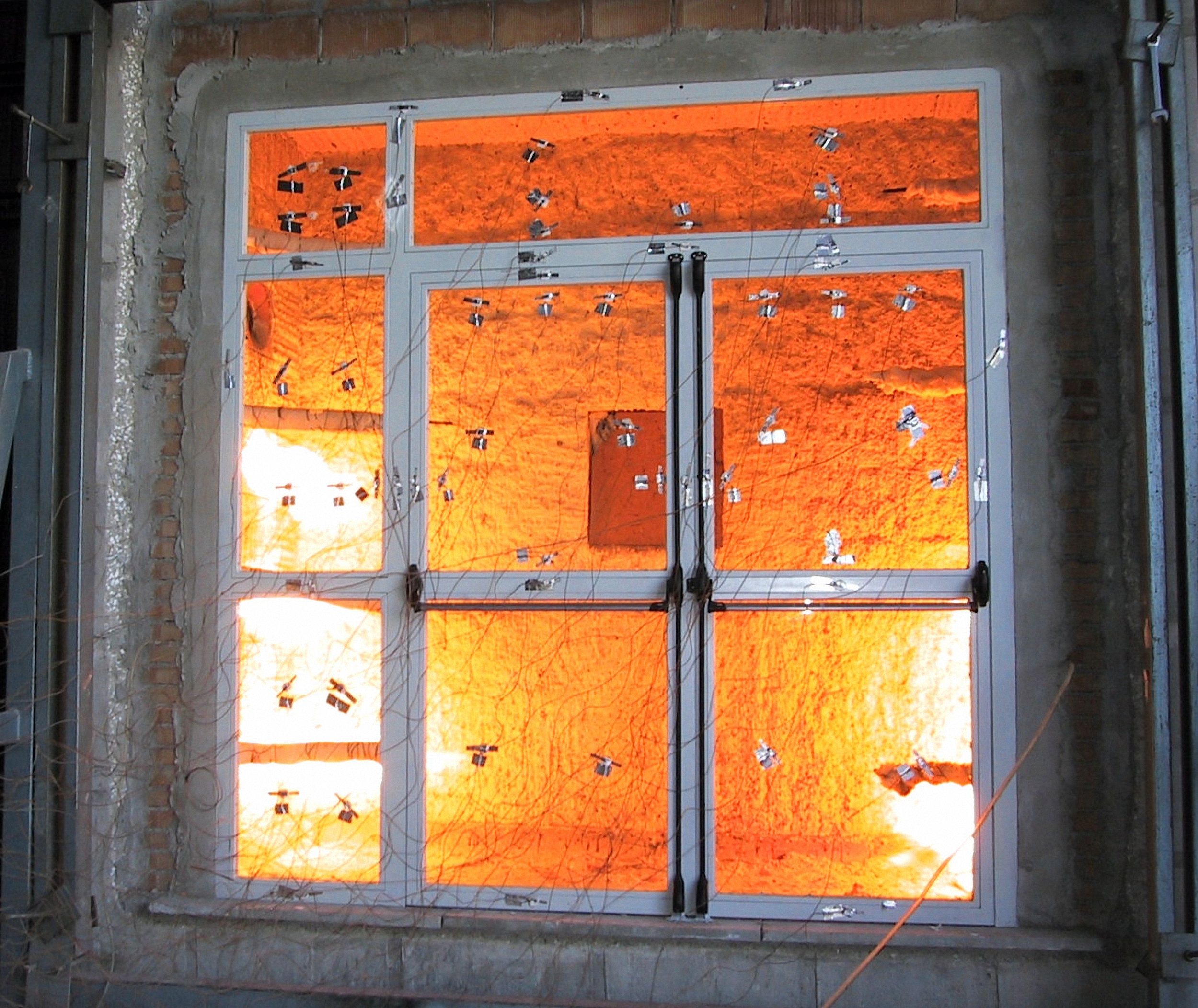 | |
| Furnace with vertical opening 3200x3200 mm | Furnace with horizontal opening 3000x4000 mm |






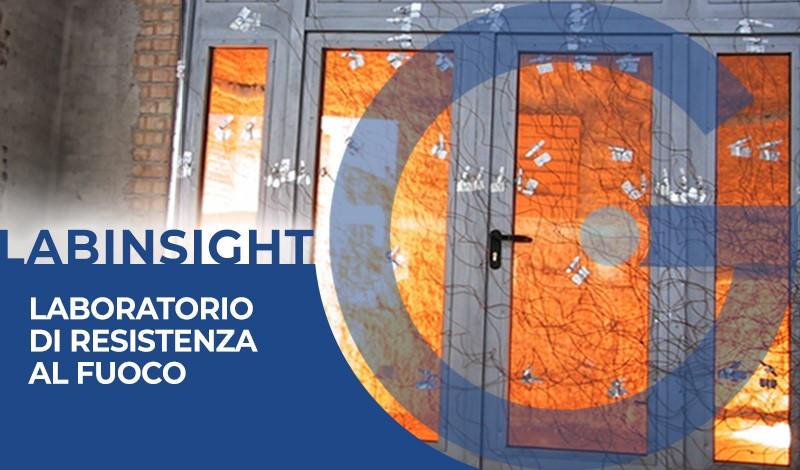
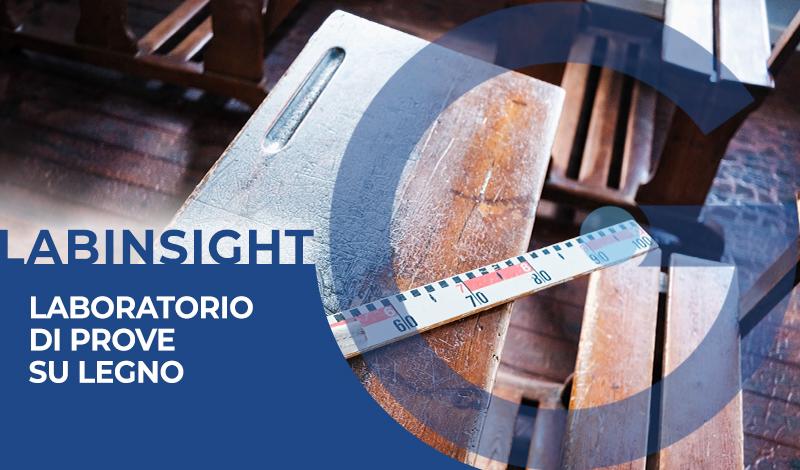
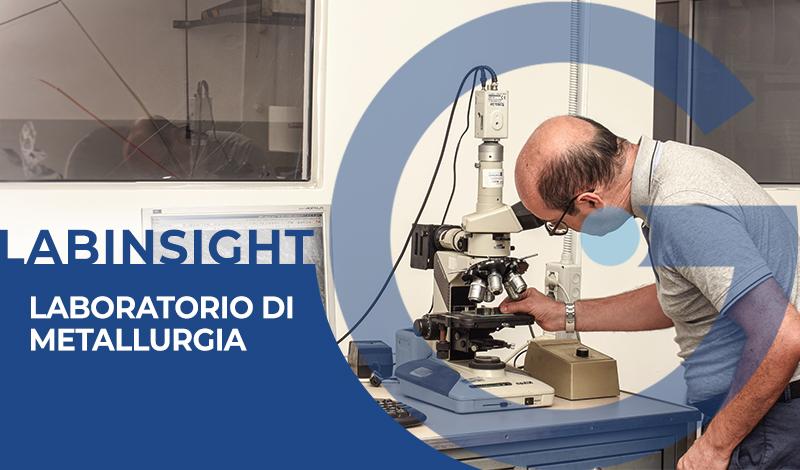
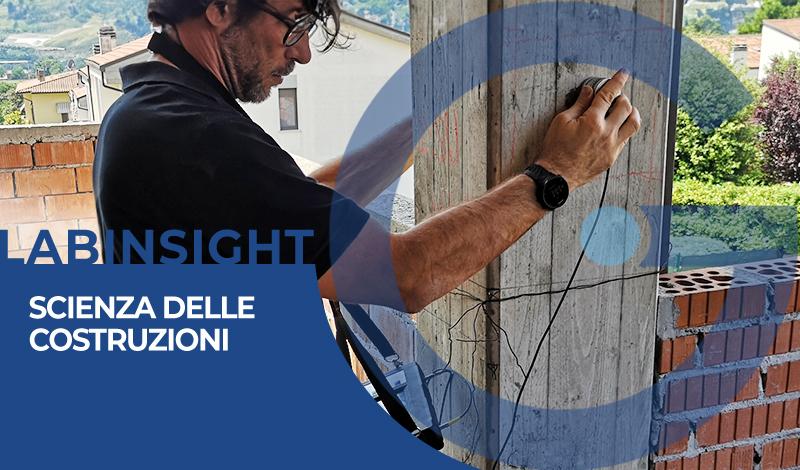
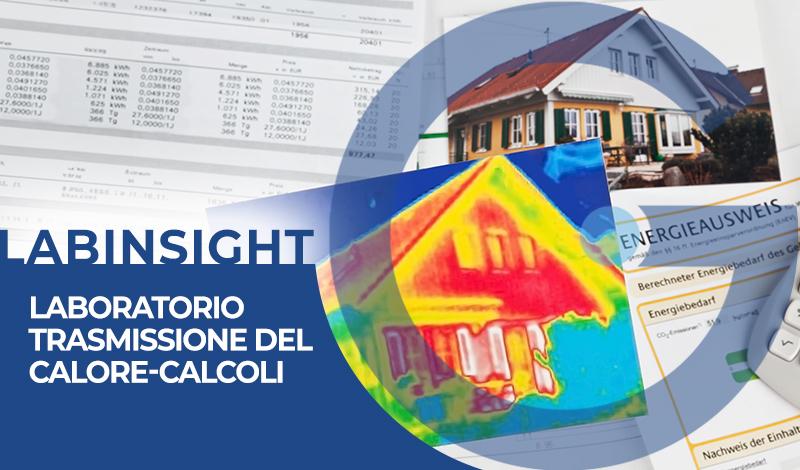
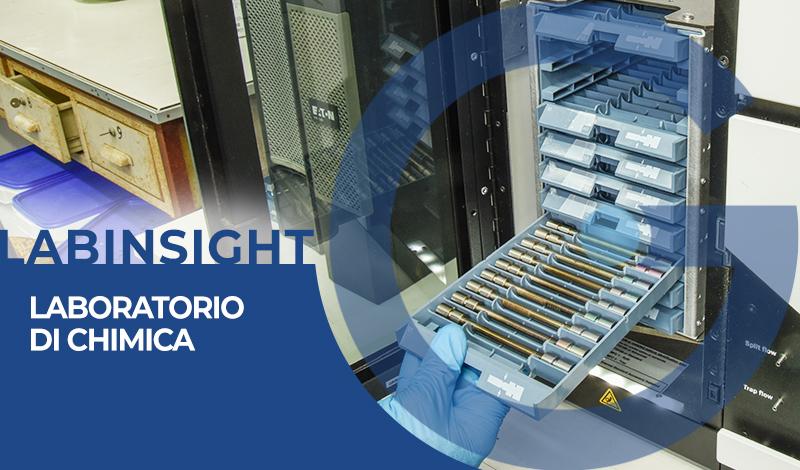
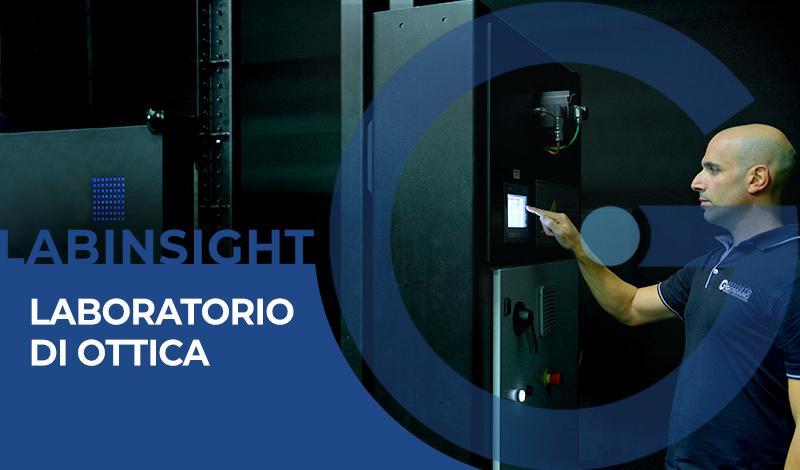
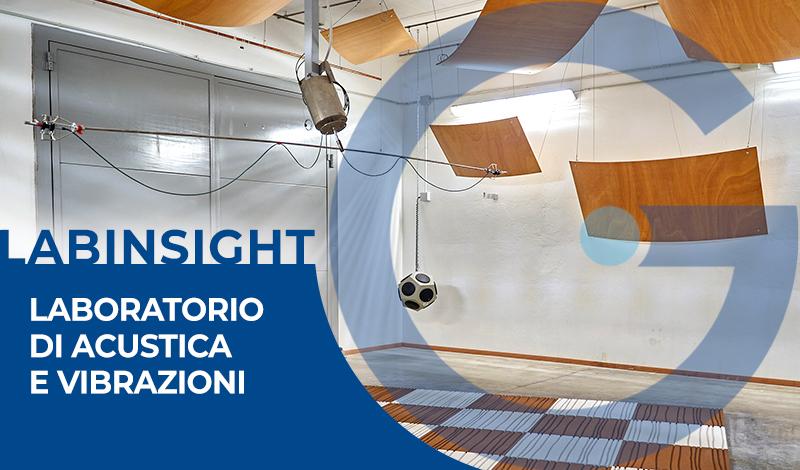
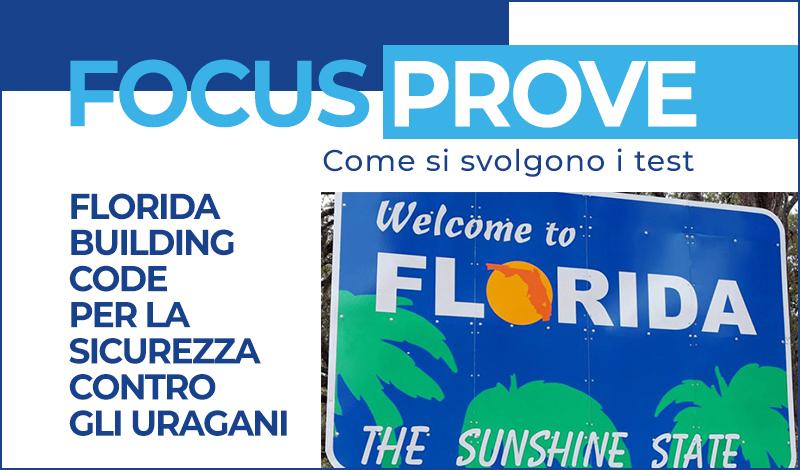

 Do you need more information about our services?
Do you need more information about our services?